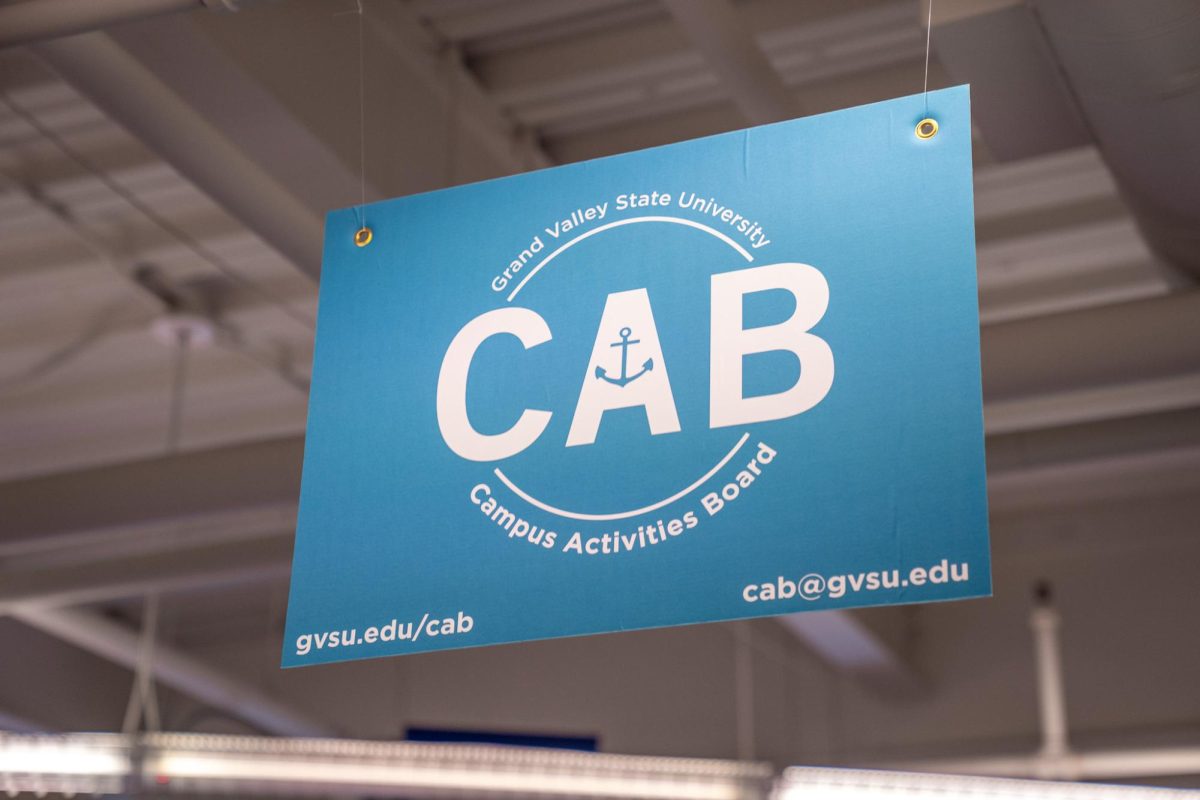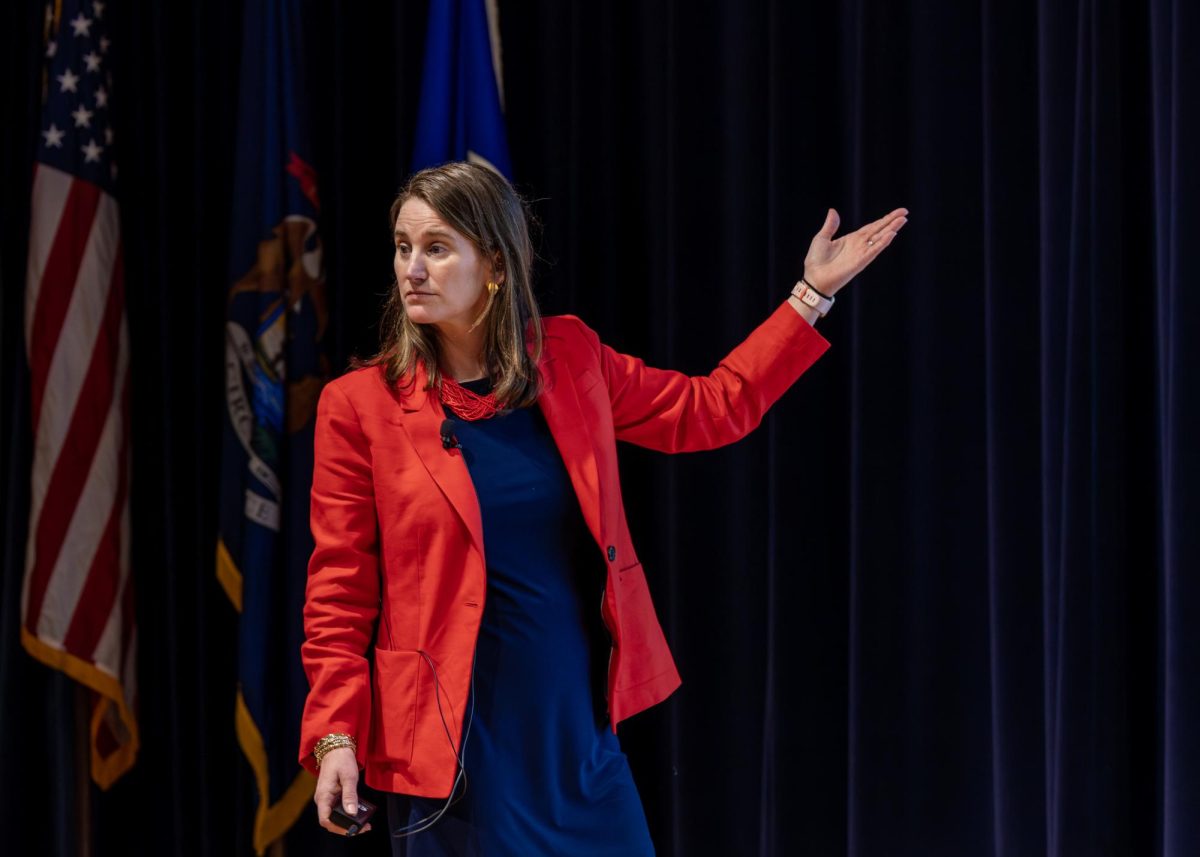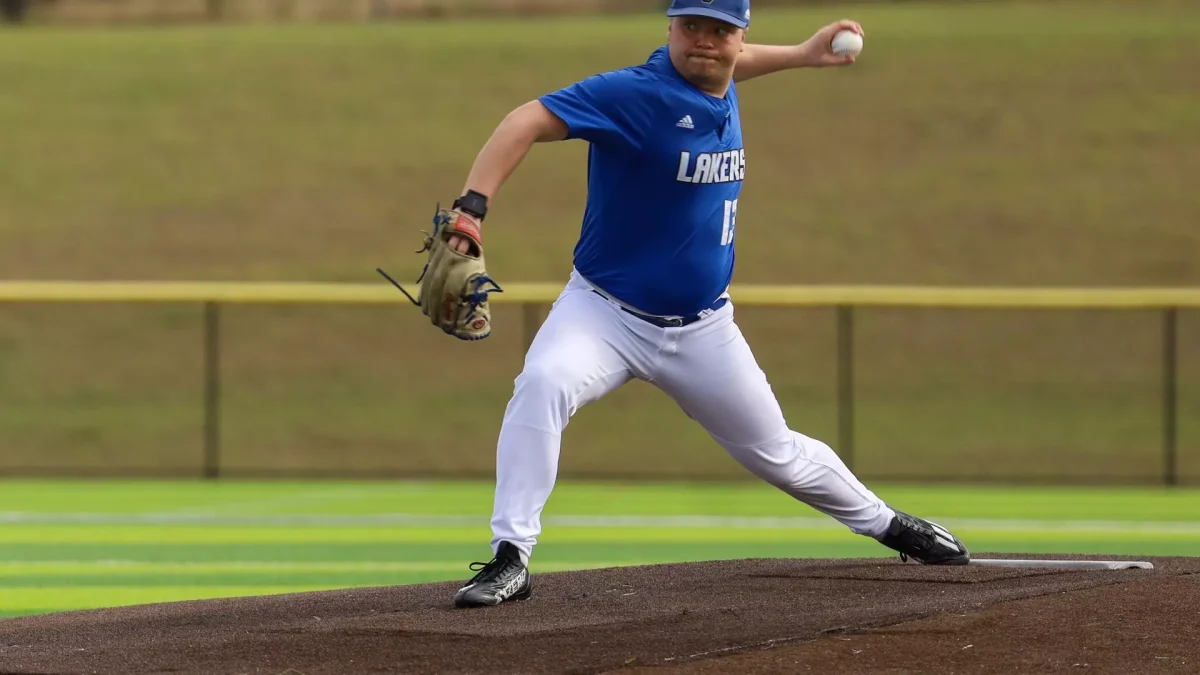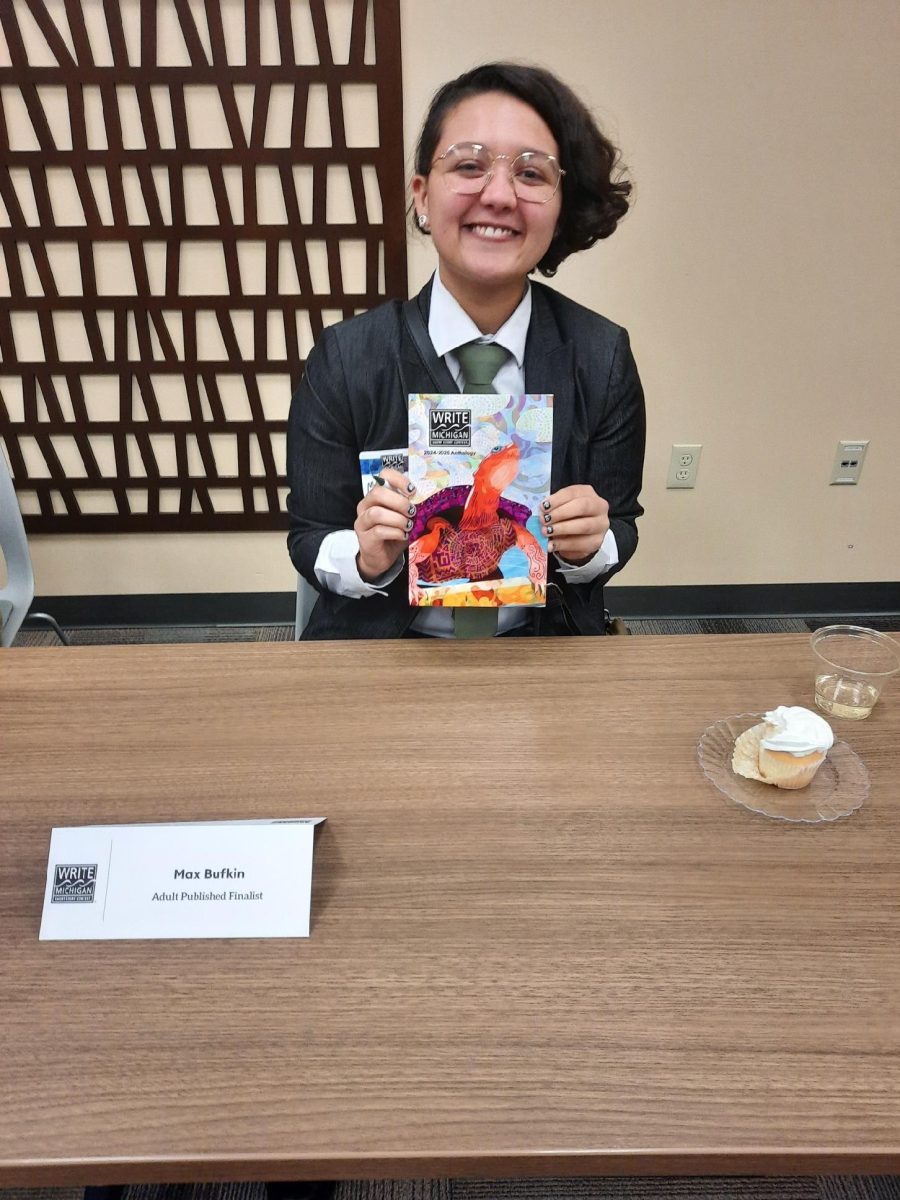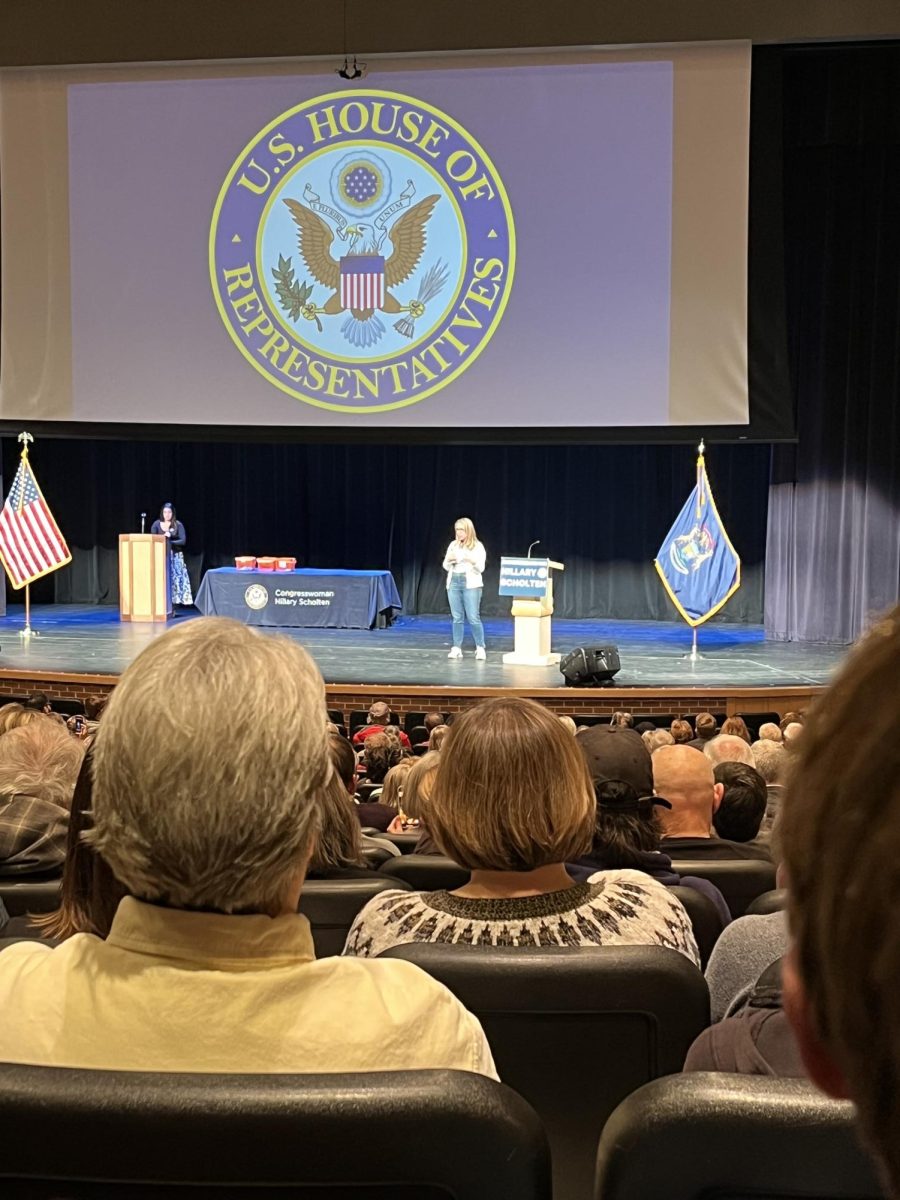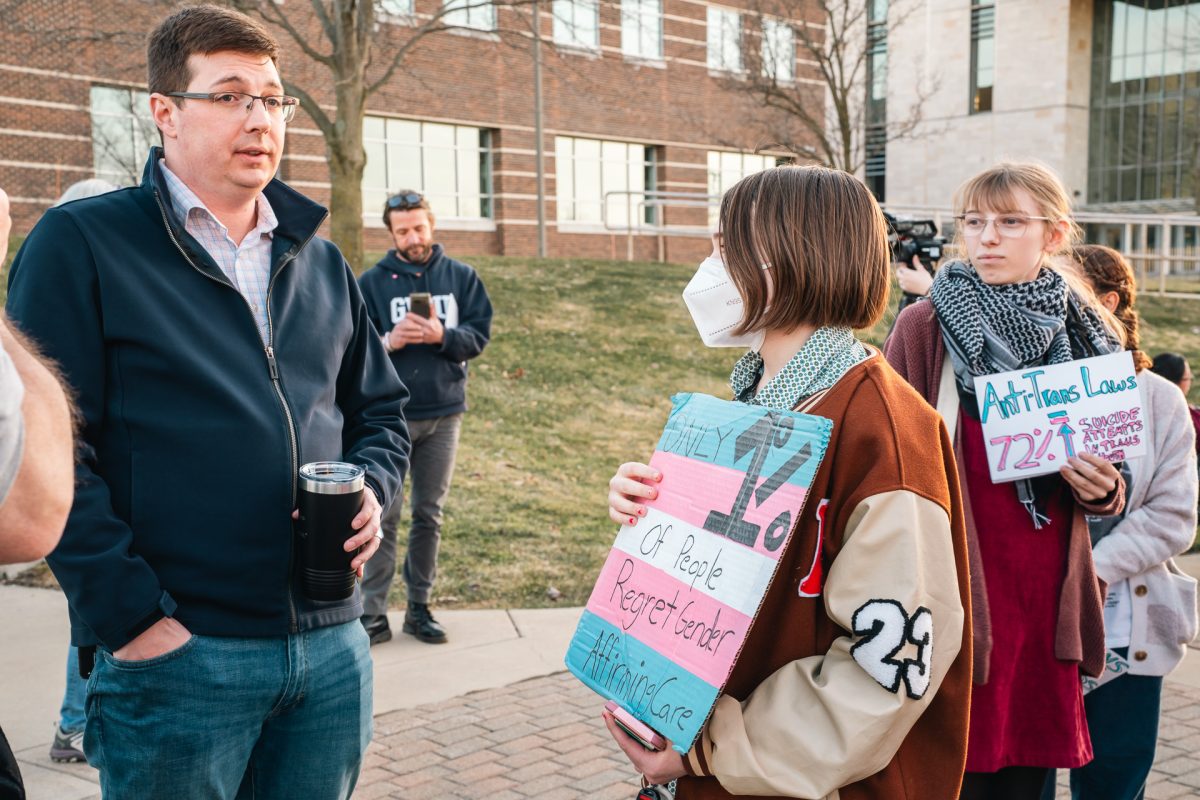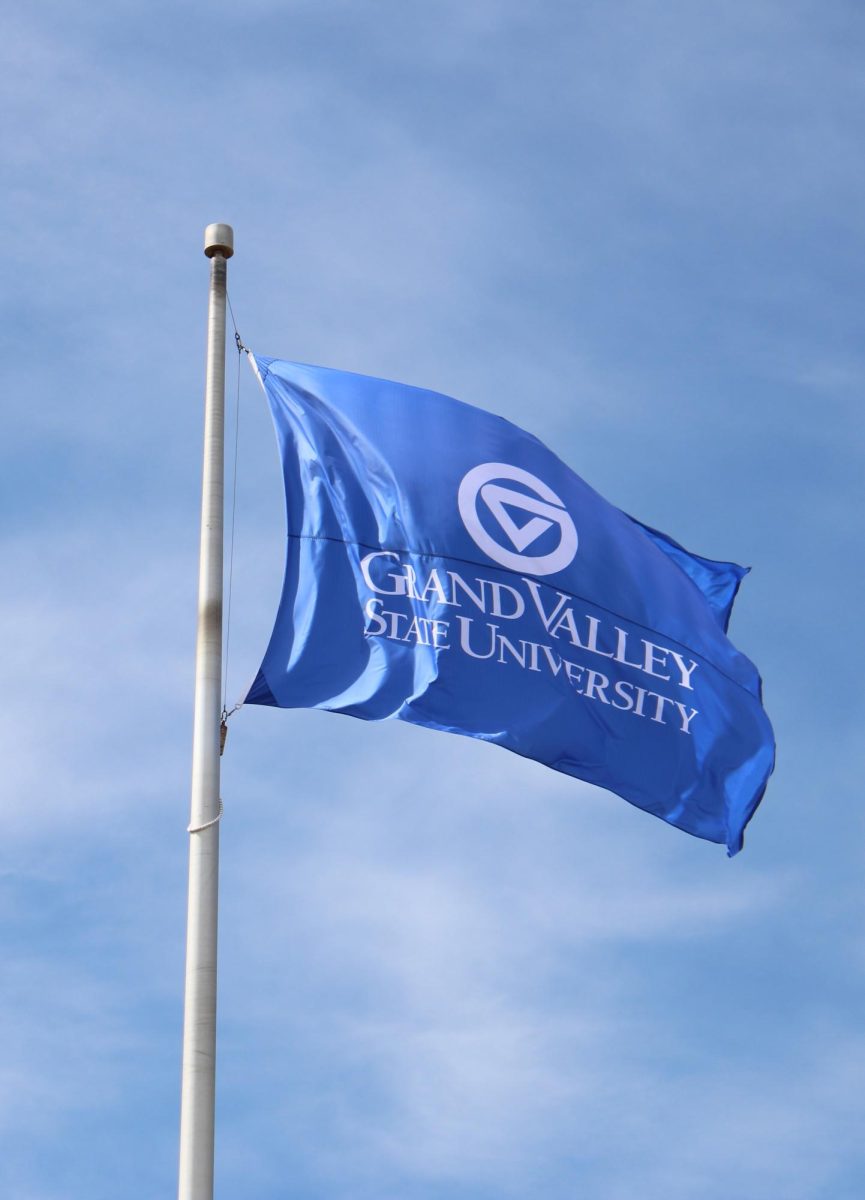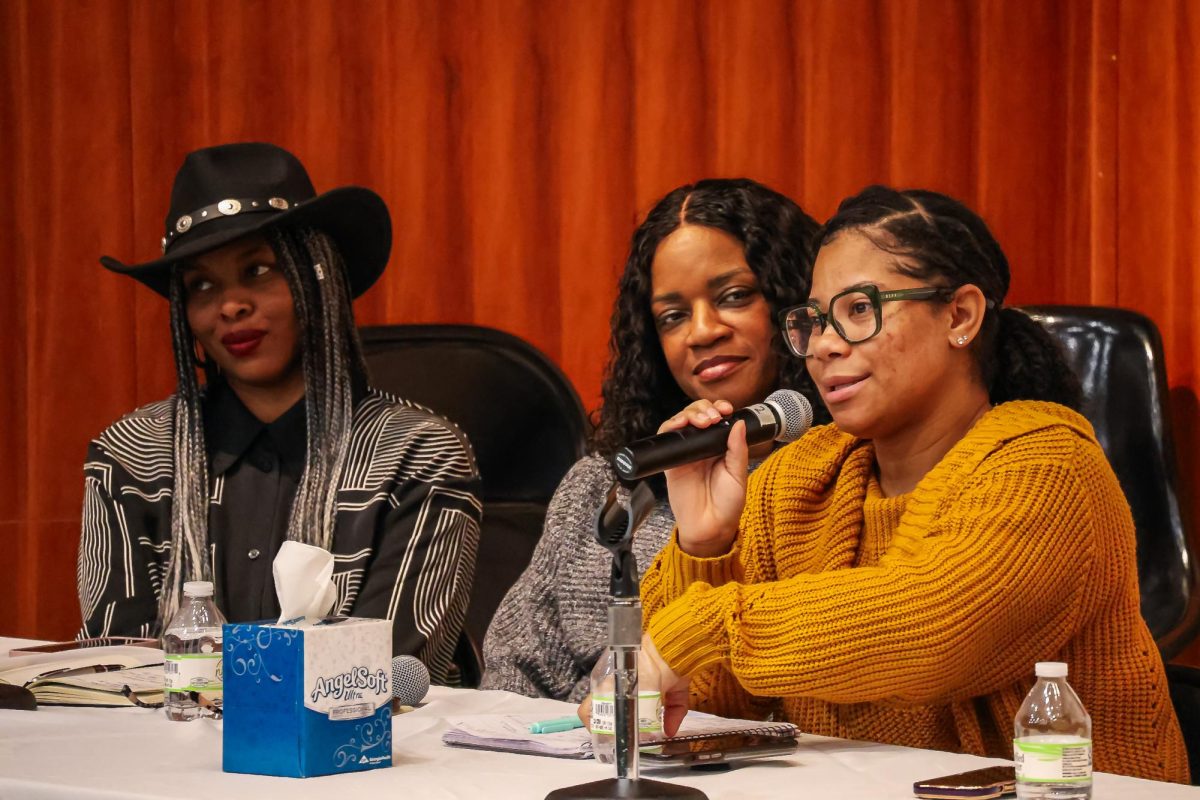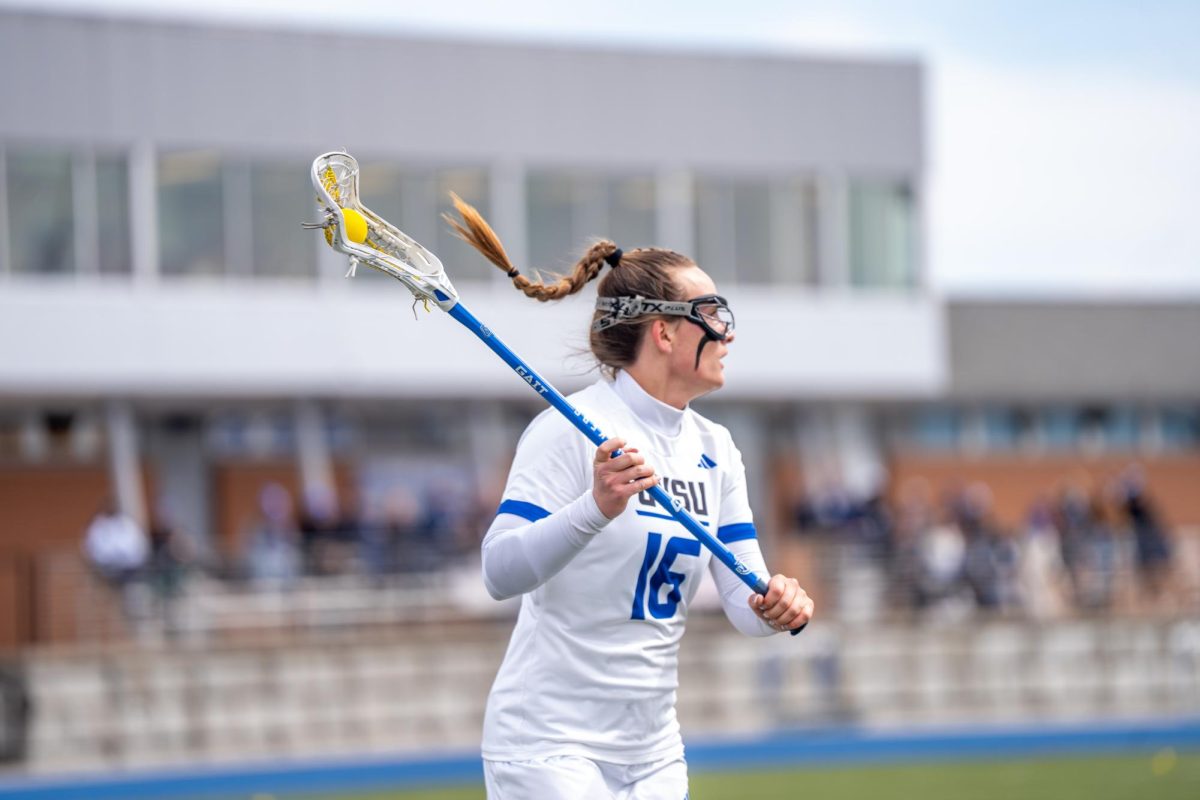GV students expected to benefit from federal student debt forgiveness
Aug 29, 2022
On Aug. 24 the Biden-Harris Administration introduced the Student Debt Relief Plan to cancel student debt for millions of borrowers. Since the announcement, students at Grand Valley State University have begun to calculate what it could mean for their own financial futures.
According to the White House Fact Sheet, the plan consists of three primary parts: forgiving up to $20,000 in federal student loans for those making less than $125,000 annually, revising the student loan system to make it more manageable for students and attempting to reduce future college costs.
The pause on federal student loan payments and interest was initially enacted to ease financial stress due to COVID-19 and has been continued through numerous extensions. The pause has now been extended until Dec. 31, 2022.
The amount of debt forgiven will depend on the type of financial aid borrowers have received. Those who have received a federal student loan will be eligible for up to $10,000 in forgiveness, and recipients of the Pell Grant will be eligible for up to $20,000.
Revisions to the system would involve a variety of factors such as income-driven repayment plans, loan forgiveness policies and a new approach to monthly interest payments on federal loans.
Data from the National Center for Education Statistics showed that 57% of GVSU undergraduate students received federal student loans and over 25% received Pell Grants during the 2019-20 school year, meaning that loan forgiveness will impact thousands of GVSU borrowers.
While some GVSU students are apprehensive about their loans accruing interest again, some are pleased with the Student Debt Relief Plan.
“Obviously I don’t want to start gaining interest or thinking about loan payments again, and whatever payments I make at this time are going to come out of my spending budget,” GVSU student Anna said. “I am really happy with the changes that are being made and am hoping this is the beginning for student loan reform.”
The President’s last-minute announcement came amid growing calls from congressional allies to cancel student debt and extend the pause on loan payments.
“Resuming student loan payments would force millions of borrowers to choose between paying their federal student loans or putting a roof over their heads, food on the table or paying for childcare and healthcare—while costs continue to rise and while yet another COVID-19 variant increases hospitalizations nationwide,” said in a July 28 congressional letter to the White House and Education Secretary Miguel Cardona.
The announcement of the continued pause came only a week before the previous expiration date of August 31. Some student loan providers had already sent communications regarding establishing a repayment plan.
“Loan servicers have been updating their students who are in repayment about the extension or lack of extension of the COVID relief plan,” GVSU’s Financial Aid Office said. “As such, students should know when and if they will need to pay their loans.”
For those who are still enrolled as a student – whether an undergraduate, graduate or professional – and are borrowing, their federal loans are automatically placed in deferment while in school. This extends six months after they stop attending.
These students will likely be more focused on minimizing their accruing interest. If they choose to do anything, they will likely make payments for the amount of their interest.
For those who have graduated, they will begin making full loan payments.
The Biden-Harris Administration has signaled that it will continue to work toward implementing these changes, with applications for debt forgiveness expected to be made available as soon as October.






